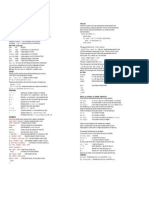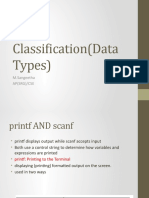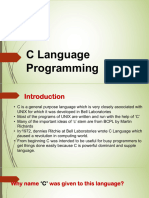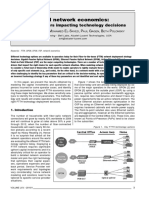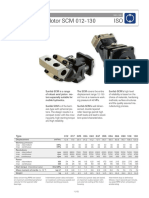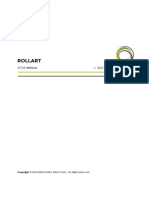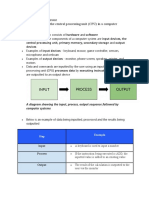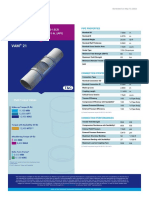0% found this document useful (0 votes)
21 views3 pagesM2 Introduction To C' Language
The document provides an introduction to the 'C' programming language, detailing its origin, features, and advantages. It covers the structure of C programs, identifiers, data types, variables, constants, input/output statements, arithmetic operators, expressions, and type conversions. Key concepts such as program structure, variable declaration, and operator precedence are explained with examples.
Uploaded by
Suraj Mondal (Clay)Copyright
© © All Rights Reserved
We take content rights seriously. If you suspect this is your content, claim it here.
Available Formats
Download as PDF, TXT or read online on Scribd
0% found this document useful (0 votes)
21 views3 pagesM2 Introduction To C' Language
The document provides an introduction to the 'C' programming language, detailing its origin, features, and advantages. It covers the structure of C programs, identifiers, data types, variables, constants, input/output statements, arithmetic operators, expressions, and type conversions. Key concepts such as program structure, variable declaration, and operator precedence are explained with examples.
Uploaded by
Suraj Mondal (Clay)Copyright
© © All Rights Reserved
We take content rights seriously. If you suspect this is your content, claim it here.
Available Formats
Download as PDF, TXT or read online on Scribd
/ 3







